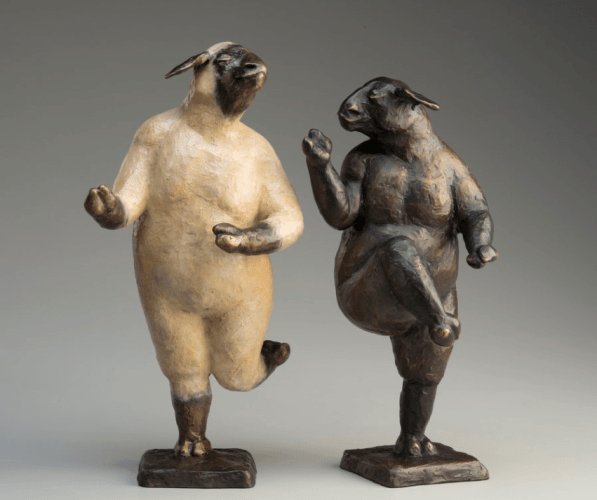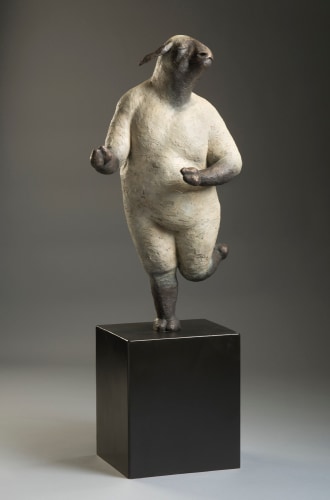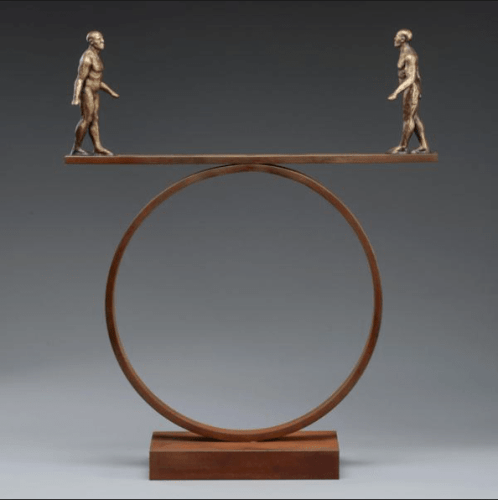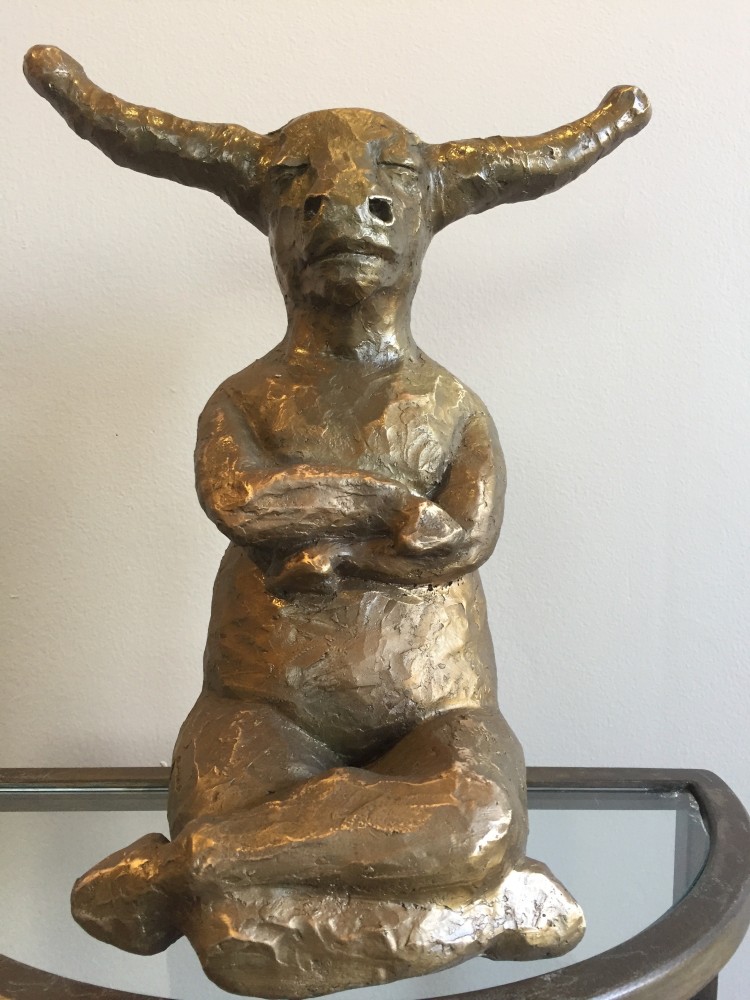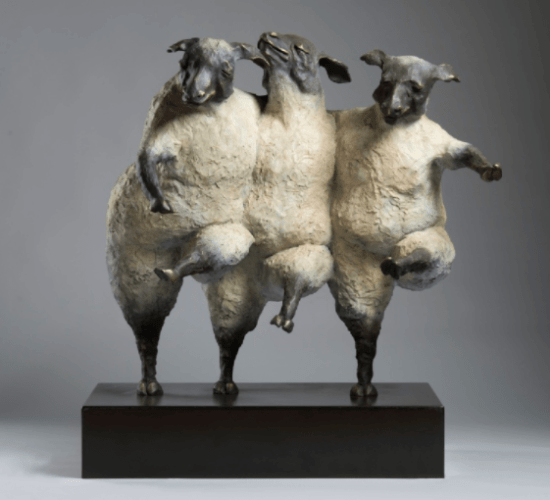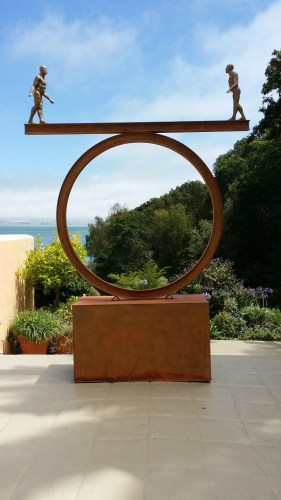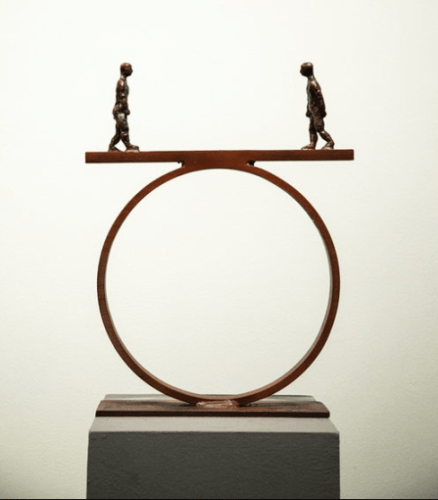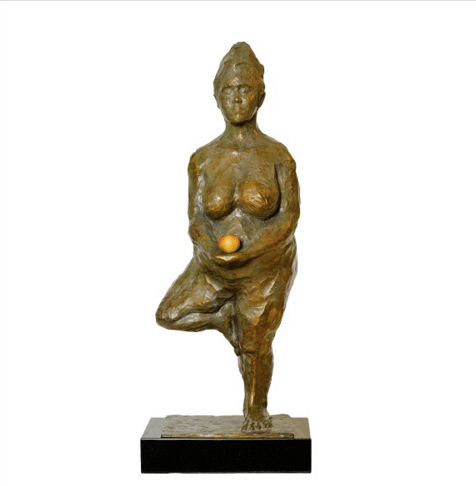"Through sculpture I seek to activate a deeper consciousness and conversation within ourselves beyond the incompleteness of words. The dialogue begins through our eyes.
My works are emotive, they may depict beauty and proportion found throughout nature or the human form. Other pieces may probe timeless questions of humanity through contemporary interpretation of myth, metaphor or social commentary. Levity is utilized as a tonic and protest for the paradoxes of the human condition." says Giuseppe Palumbo.
Giuseppe Palumbo’s whimsical, anthropomorphic sculptures delve into the human psyche through irony, wit and humor. With classical underpinnings, he stylizes forms while evoking an emotive experience. His animal sculptures range from whimsical to powerful and contemplative, hinting at the similarities between mankind and beast. This invites the viewer to identify with them and forging emotional connections with the artwork.
In addition to Giuseppe’s renowned collection of animals, his figurative works delve into the human experience with contemporary takes on mythology. From humans balancing on a ledge or seemingly stuck in a box, they are highly relatable and speak as metaphors of the human condition. The sculptures trigger introspection within the viewer.
“My creative expression, sculpture is not limited by beauty or the aesthetic. It provides three-dimensional form to an emotion. Sublime, and transcending it permeates the viewer’s eyes, mind and soul."
Sculpting is the natural progression of a lifetime of creating, designing and building, from architecture to furniture. The essential components remain constant: concept, proportion, aesthetics and execution. I strive to add the intangible - a visual language that words inadequately convey, an experience felt as well as seen.”
Born in Rochester NY, the son of an Italian artist, Giuseppe began his sculpting career after a successful career in architecture and design in Colorado and California. His building projects incorporated artistic components where he initially witnessed the strong emotional responses to his work. This compelled him to see if he could replicate this in fine art.
In 2005 he travelled to Pietrasanta, Italy where sculptors have traveled to since the days of Michelangelo. Continuing his search for new techniques and teachers, he has since returned to work in Rome and Florence and has exhibited in Italy, Greece and Mexico. Giuseppe’s sculptures can be found in many public and private collections throughout the world, including Queen Rania of Jordan’s private collection.



